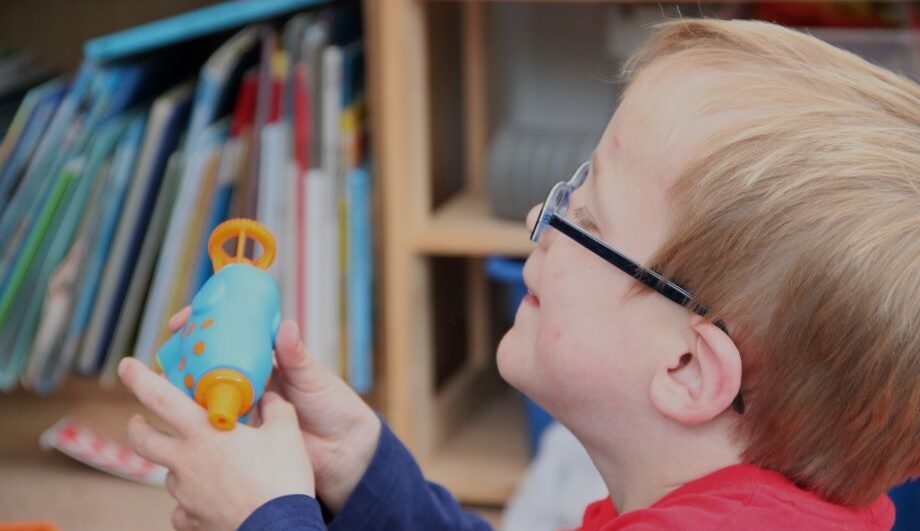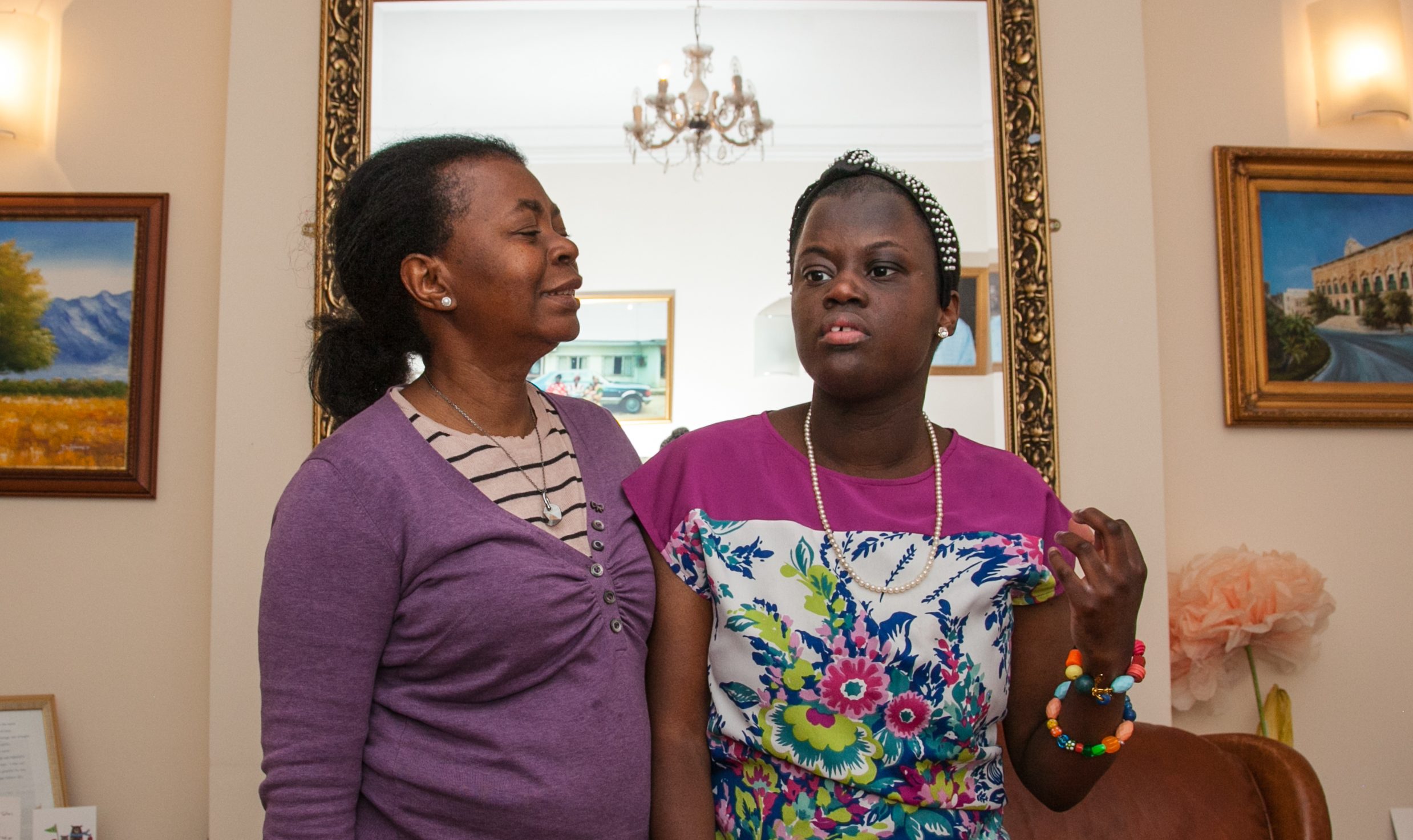‘Finding the reasons for challenging behaviour – part 2’ is the second information sheet in this series. It is recommended that it is read alongside ‘Understanding Challenging Behaviour: Part 1’ and ‘Positive Behaviour Support Planning: Part 3’ (see links at bottom of page)
Download: Finding the reasons for challenging behaviour – part 2
All behaviour happens for a reason, and being aware of the causes is key. Always check for health problems as they may cause challenging behaviour or make it worse.
The first step to reducing it is to find out what the reasons are. Some common reasons are:
- Social attention: It may be a good way of getting other people’s attention, even if it is negative, e.g., shouting
- To get something: A person may learn behaviours that get them things they want, e.g., food, objects etc
- Escape: It may help to avoid things a person doesn’t like e.g. dentist
- Sensory: Sometimes people enjoy the feeling that certain behaviours give them, i.e. repetitive rocking, humming, etc.
Quick read
Different stages of behaviour
Challenging behaviour is unlikely to come ‘out of the blue’, it usually develops in stages:
- Green ‘Proactive’ phase: where a person is mostly calm and relaxed
- Amber ‘Active’ phase: where a person starts to become anxious. Quick action must be taken to avoid challenging behaviour
- Red ‘Reactive’ phase: where challenging behaviour occurs
- Blue ‘Post-Reactive’ phase: where the person starts to relax again
Assessment of behaviour
A functional assessment is a good way to find out the exact causes of a person’s behaviour. This is usually carried out by a Psychologist or behaviour nurse.
Keeping a record can help us find out why a person is behaving in a certain way. It is important to record:
1. Description of the behaviour i.e. exactly what happens
2. Early warning signs, e.g. becoming red in the face
3. What happens before the behaviour, e.g. does something trigger the behaviours? E.g. noisy environment, being told no, etc.
4. What happens after the event, i.e. what is the person getting or not getting from the behaviour that makes them do it again?
The next step is to use the information to plan how to reduce challenging behaviour or lessen the impact on the person and those caring for them.
Download: Finding the reasons for challenging behaviour – part 2



